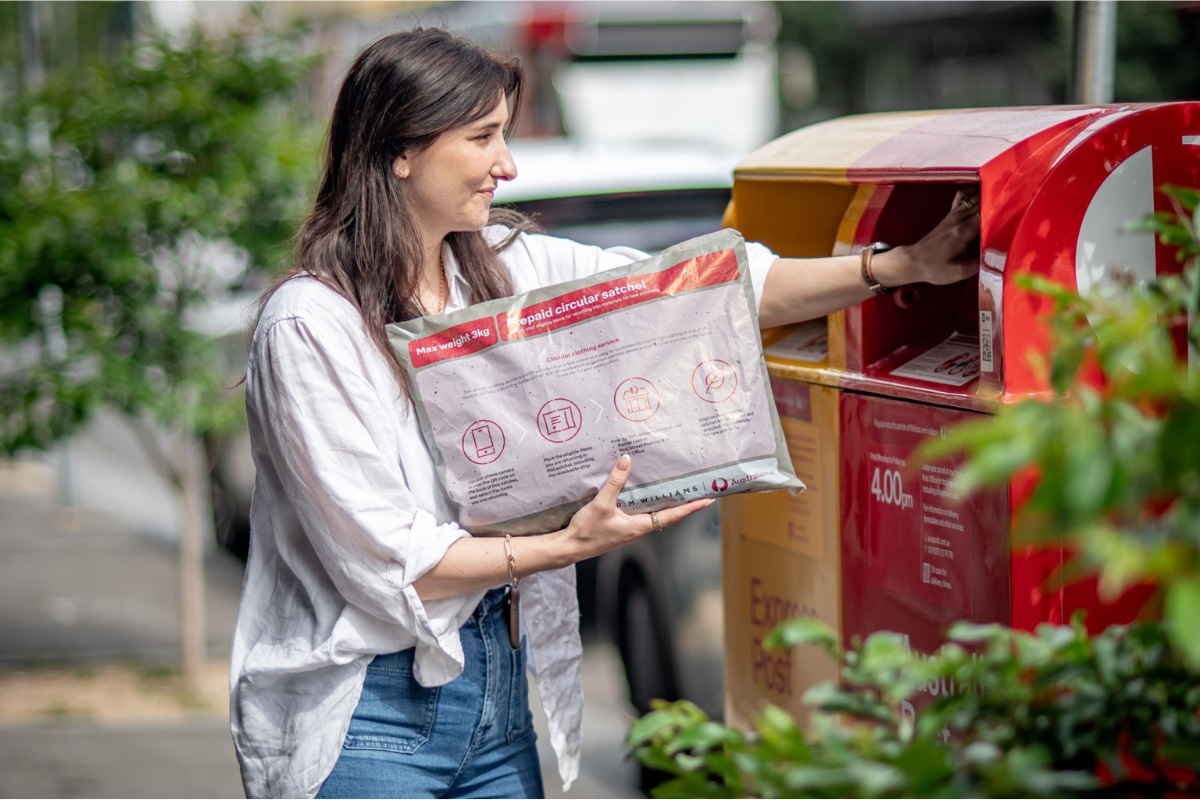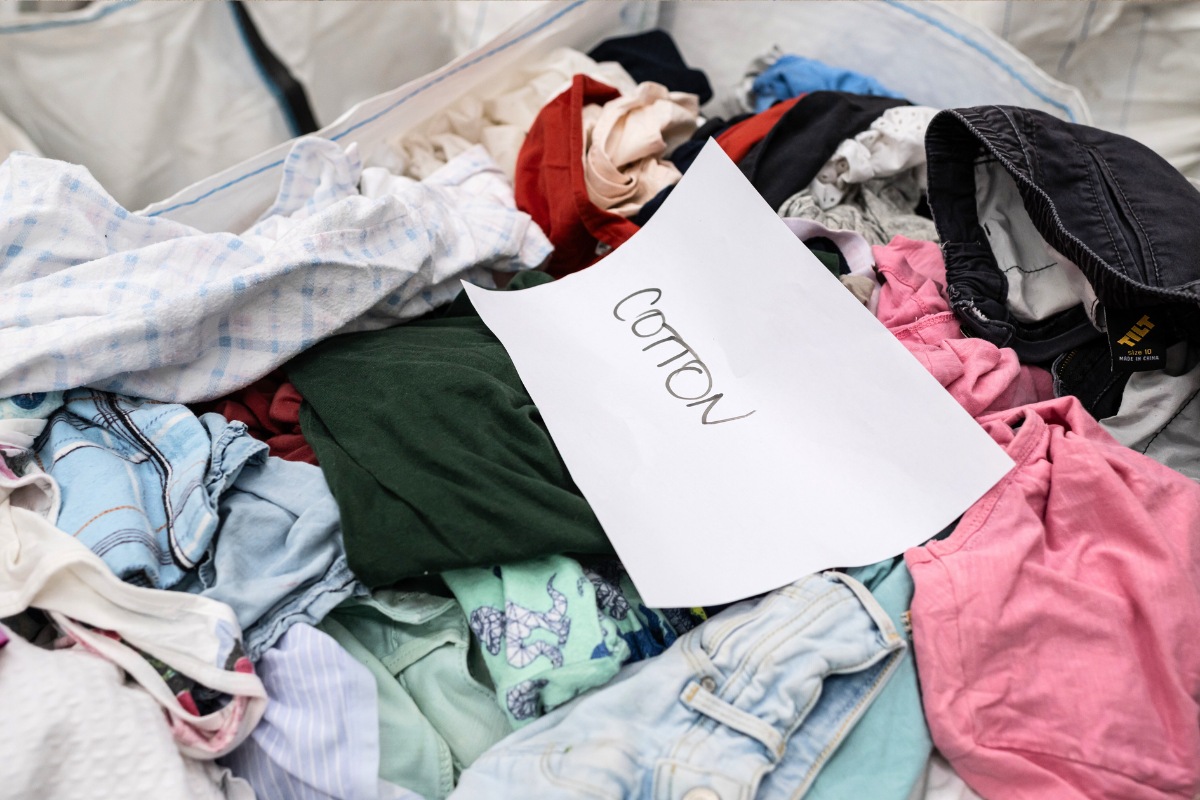September 2024 marks six months since Seamless CEO Ainsley Simpson took up her role, and she shares the insights gained from listening to the landscape, and the collective courage and creativity required for successful implementation.
The pace of the past six months has been fast, with the Seamless scheme now operational for over 90 days. It’s a useful time for me to pause and reflect on my first chapter in our collective future; No one can see their reflection in running water – Taoist Proverb
Listen, leap and learn
My initial plan was for a staged induction, first engaging with clothing brands and key stakeholders to build relationships, while also listening and gaining insight into the inherent strengths of this sector as well as its unique dynamics.
Instead, the stages rapidly comingled due to the groundswell of genuine receptivity for positive change. The Seamless Scheme Design and Roadmap to Clothing Circularity which were informed by robust data and developed with input from multiple stakeholders certainly anchored our four strategic priorities for impact; circular design, circular business models, closing the loop and citizen behaviour change. We’ve been privileged to have such a comprehensive foundation, with the Seamless scheme design being named a prestigious Australian Good Design Award Gold Winner this month, with the jury commending the project for “its robust, collaborative, and consultative development process.”
Every conversation has confirmed that our Seamless values and purpose are widely supported. Every organisation I have engaged with over the past six months has been consistent in their support for the need to work as a local collective to help Australians choose, enjoy and recycle clothing more responsibly. There is also clarity on the scale of concern about clothing waste globally, and the long-term vision, as well as general resonance on the direction of change.
So while learning the landscape, it was entirely possible to simultaneously accelerate uptake and begin validating the priorities for the Seamless work plan for the first 12 months with members, supporters and key stakeholders. This included growing relationships with all levels of government.
In June, we made a splash by announcing that 62 clothing brands and retailers were Seamless members, giving Australians a responsible clothing choice. The ripples continue weekly, with over 300 responsible clothing brands and organisations from across the clothing value chain now registered as Seamless members and supporters, and I have thoroughly enjoyed connecting with many of you.
Progress compounds
To credibly demonstrate we are making progress, I have been very clear that this year it is essential to baseline performance. Coupled with a focused, flexible action plan that adequately allows for future adaptation and successful implementation, we will be able to track what is working well, and where improvement is imperative. Today, we are working from 2019 sector data - so updating material flow research is a priority, and so is being transparent about the origin and quality of the data.
We’ve completed the first phases of comprehensive data reporting from both our members and supporters. This research shows that the top three reasons why clothing brands and retailers are becoming Seamless members are to play a part in driving large scale, national solutions; to join together with other brands to drive change; and to access opportunities for circular solutions and continuous improvement.
The more granular insight into our members key drivers also provides the likely source of some early tension. Sustainability investment is targeted at environmental and social outcomes, not governance or economic goals. In general, it’s uncommon to have sustainability embedded across operations and supply chains to drive strategic commercial value, through risk management, financial efficiency and revenue diversification. Siloed circularity initiatives will not be the panacea for systemic change. My lived experience is that this approach takes teamwork and time.
For Seamless, successful implementation needs to be characterised by our collective level of disruptive impact. At times, it will require swimming in a sea of uncertainty and instability. By design, this includes scaling the small, focused adjustments early that will lead to later compounding positive effects. It will also be our response to the lessons from early shifts when things don’t go to plan, as these are the building blocks for the future. It’s time to leverage the law of accelerating returns.
Transforming with integrity
I am very aware that we will face headwinds. It’s an incredibly challenging time for the sector: cost pressures are persistent, consumer confidence is oscillating and the call for long-term accountability for impact is louder than ever before – with good reason.
For a sector that moves quickly and often delivers instant gratification, I foresee that together, we will need to guard against disillusionment about the speed of change, which may mean we gravitate to familiar linear models or even advocate for a strategic retreat. This will compromise the scheme and our shared 2030 goals. If transformation was easy, it would be done.
What is in our favour, is that this sector has a wealth of pragmatism and creativity, as well as healthy competition. We are going to need it, and nature needs you too. Thankfully, the feedback is frank – so we have clarity. Many of our responsible brands are headed by optimistic, ambitious executives and founders – so we have courage. There is an abundance of connectors actively bridging and bringing the value chain together – so we have collaboration. There are also many champions willing to go first, including our Seamless foundation members, and many others that are fast followers, ready to unlock possibilities – and so we create a new culture of continuous improvement.

People power positive progress, and Seamless is for everyone.
The future is like water. Our actions ripple over it changing its reflection - Jeaniene Frost




.jpg)

